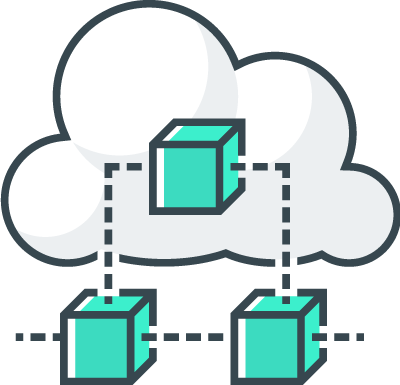Table of Contents
What is DAM (Digital Asset Management)?

A Digital Asset Management system serves as a centralized repository where files can be stored, shared and managed directly in one location. DAM keeps assets secure, and allows users (marketing, legal, compliance team members, contractors, clients, etc.) to organize, retrieve and share a company’s entire digital content catalog from one “single source of truth” with ease.
DAM stores, manages and renders rich media, including text, graphics, photos, video and audio. DAM can be sold as a software license or hosted service, as noted by Gartner, which adds that typically, DAM systems are intended to support a wide range of actors — from specialized creative to generalist production to more operational and administrative roles — both inside and outside an organization, often including agencies and channel partners.
A DAM system has advanced search capabilities, allowing employees, clients and contractors secure, controlled access to their digital content library (images, creative files, documents, etc.), and ensuring the most current versions. Serving as both a business process and information management technology, the DAM system allows marketers to handle an expanded content library and leverage platform innovations to improve operational efficiencies and workflow.
 Marketers use these platforms for file and workflow management, according to martech.org, which notes that DAM supports unifying online and offline marketing channels, leading to more efficient marketing resource allocation. The further benefit of a DAM is that these assets are appended with metadata that can provide information on anything the marketer might want to know before using the asset. Enterprises are using DAMs in a variety of ways. Marketers and agencies leverage DAM technology to help their customers maintain consistency across in-house content which is developed by partners.
Marketers use these platforms for file and workflow management, according to martech.org, which notes that DAM supports unifying online and offline marketing channels, leading to more efficient marketing resource allocation. The further benefit of a DAM is that these assets are appended with metadata that can provide information on anything the marketer might want to know before using the asset. Enterprises are using DAMs in a variety of ways. Marketers and agencies leverage DAM technology to help their customers maintain consistency across in-house content which is developed by partners.
Core Capabilities of Digital Asset Management Platforms
Workflow management; file formats and handing; asset conversion, editing and customization; distribution and user permissions management; search and metadata; digital rights and corporate governance management; reports and analytics; data storage and security; and integrations.
Within financial services, DAM systems provided by SaaS companies like Naehas allow banks, credit card issuers, wealth management and fintech firms to more efficiently coordinate offers, rate changes, omnichannel marketing and hyper-personalization efforts. The DAM system can be integrated with the financial service organizations’ existing system, or the technology platform can house the data in a way that ensures access and ease of use to marketing, IT, compliance and legal teams.